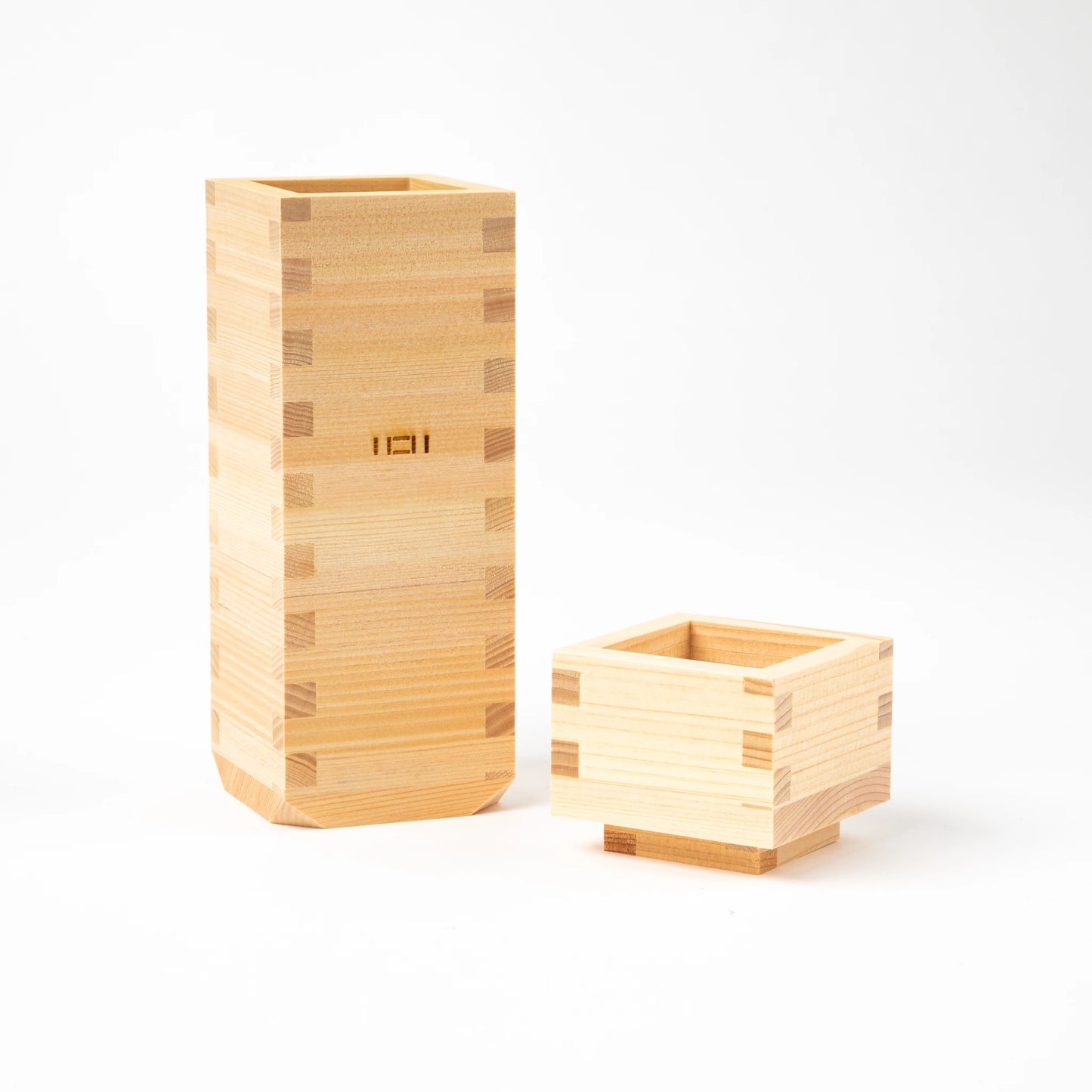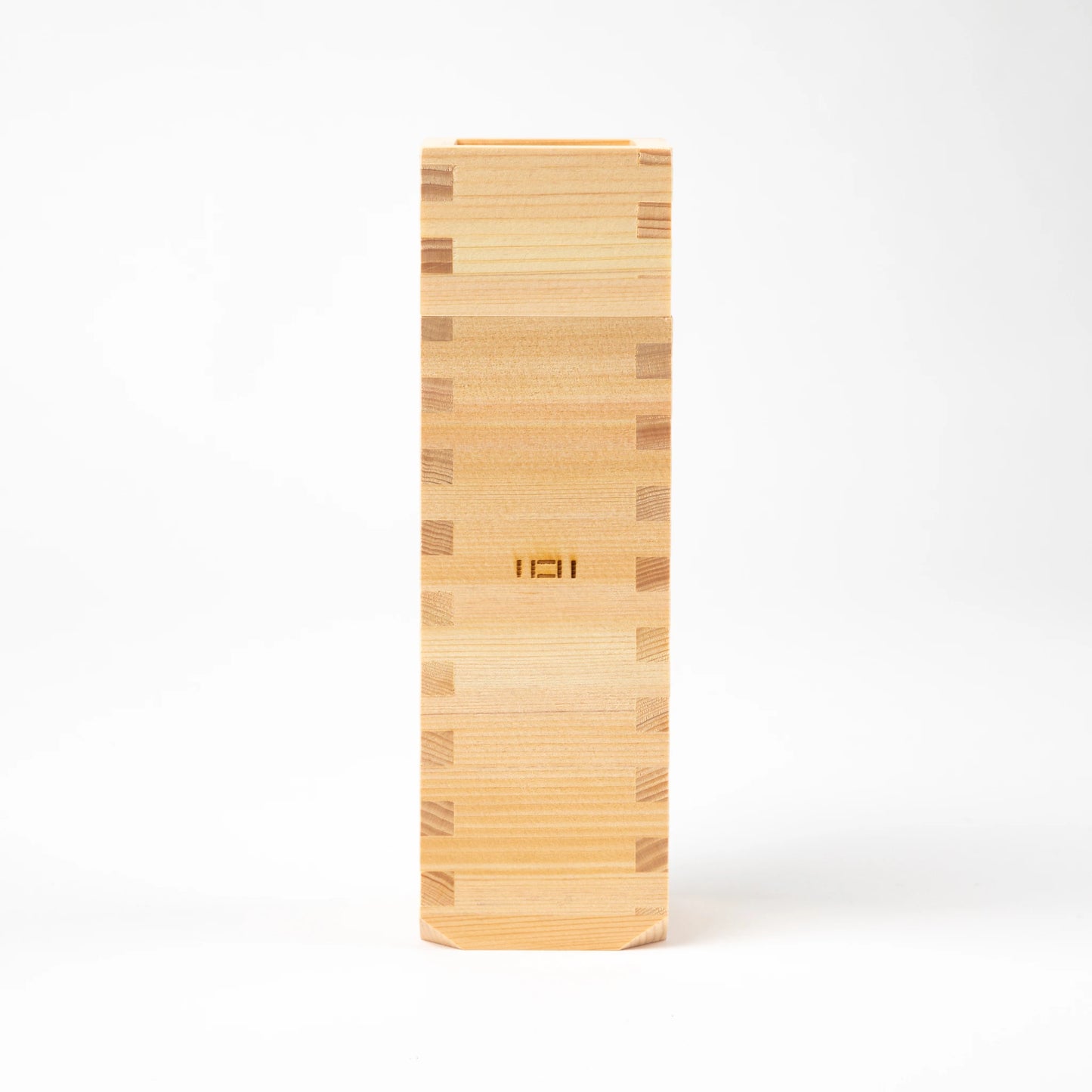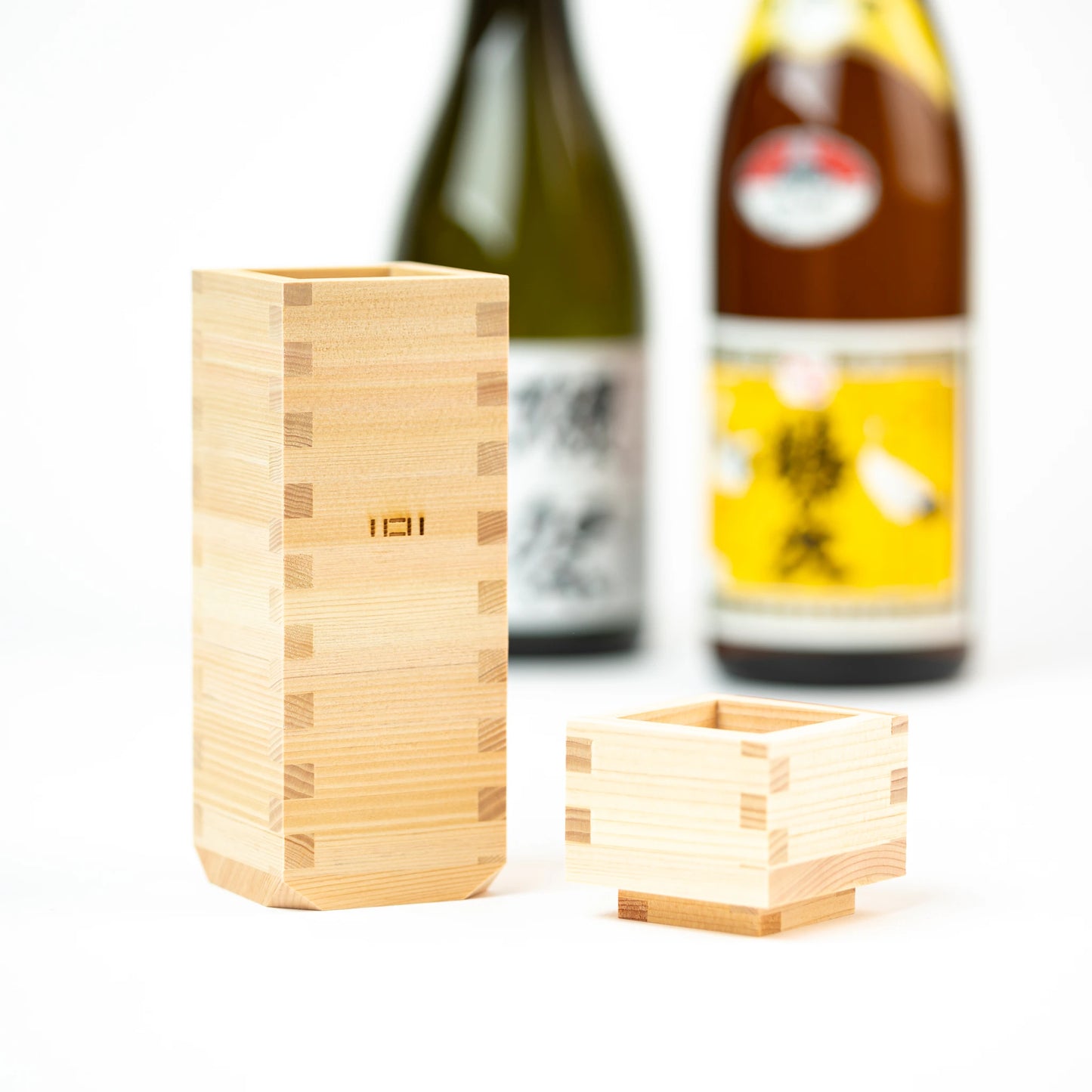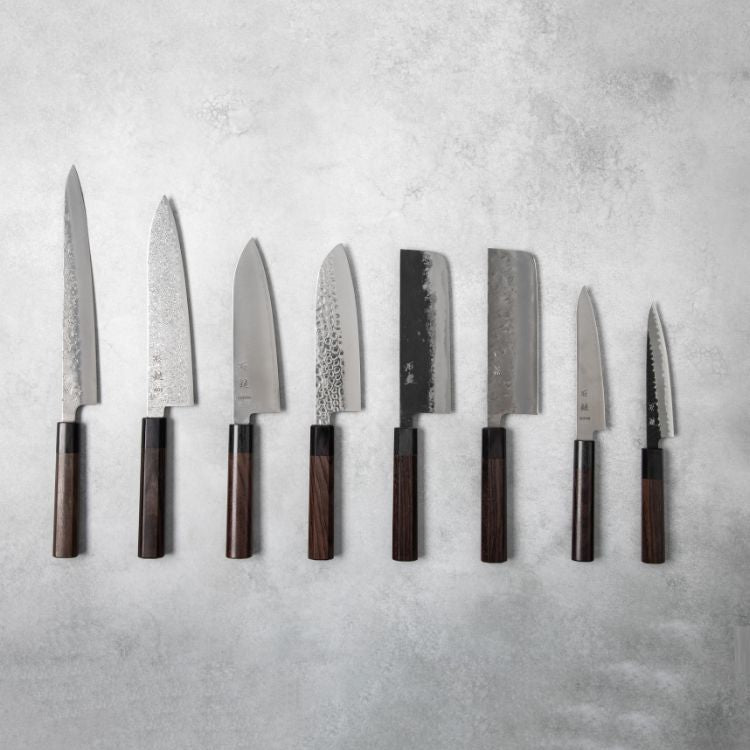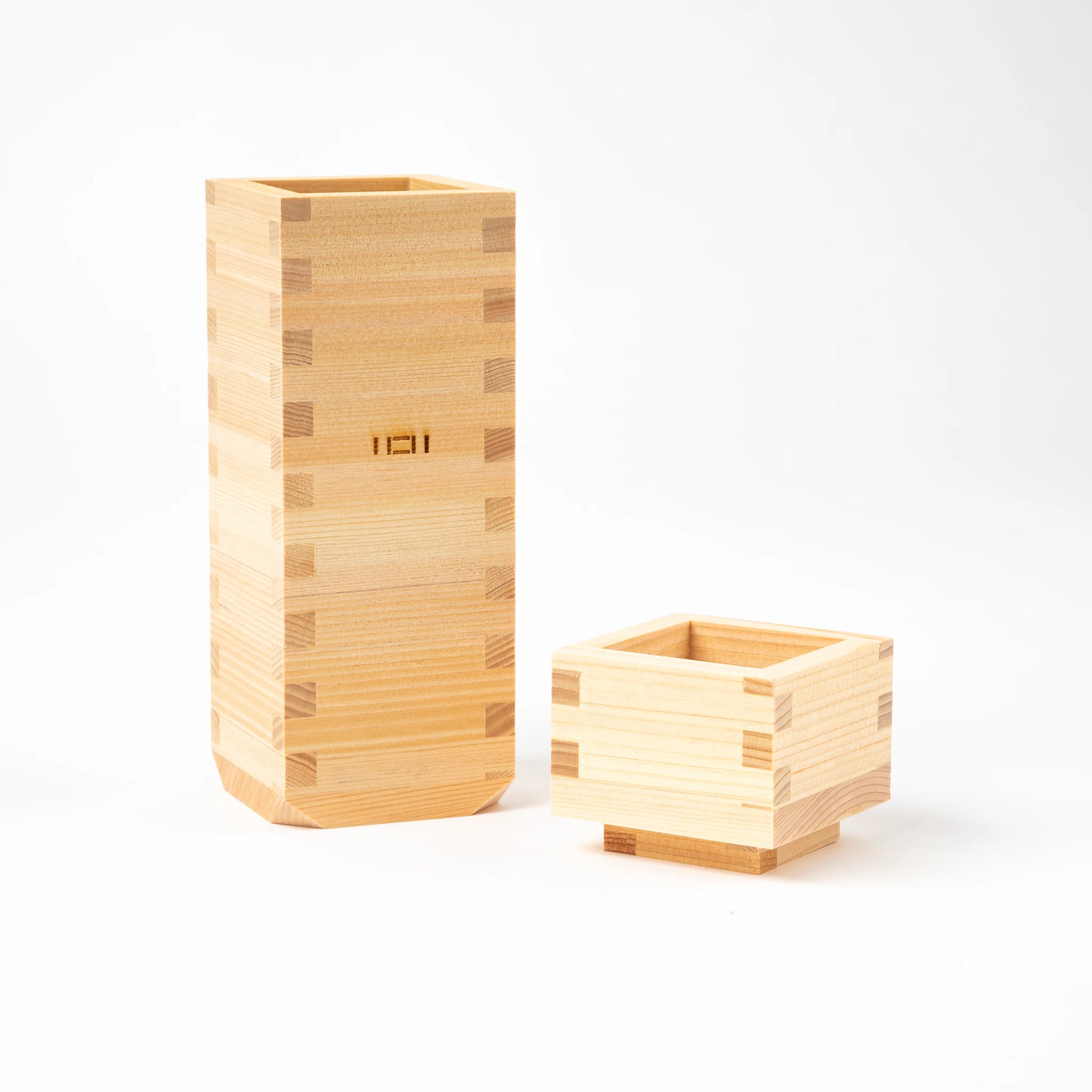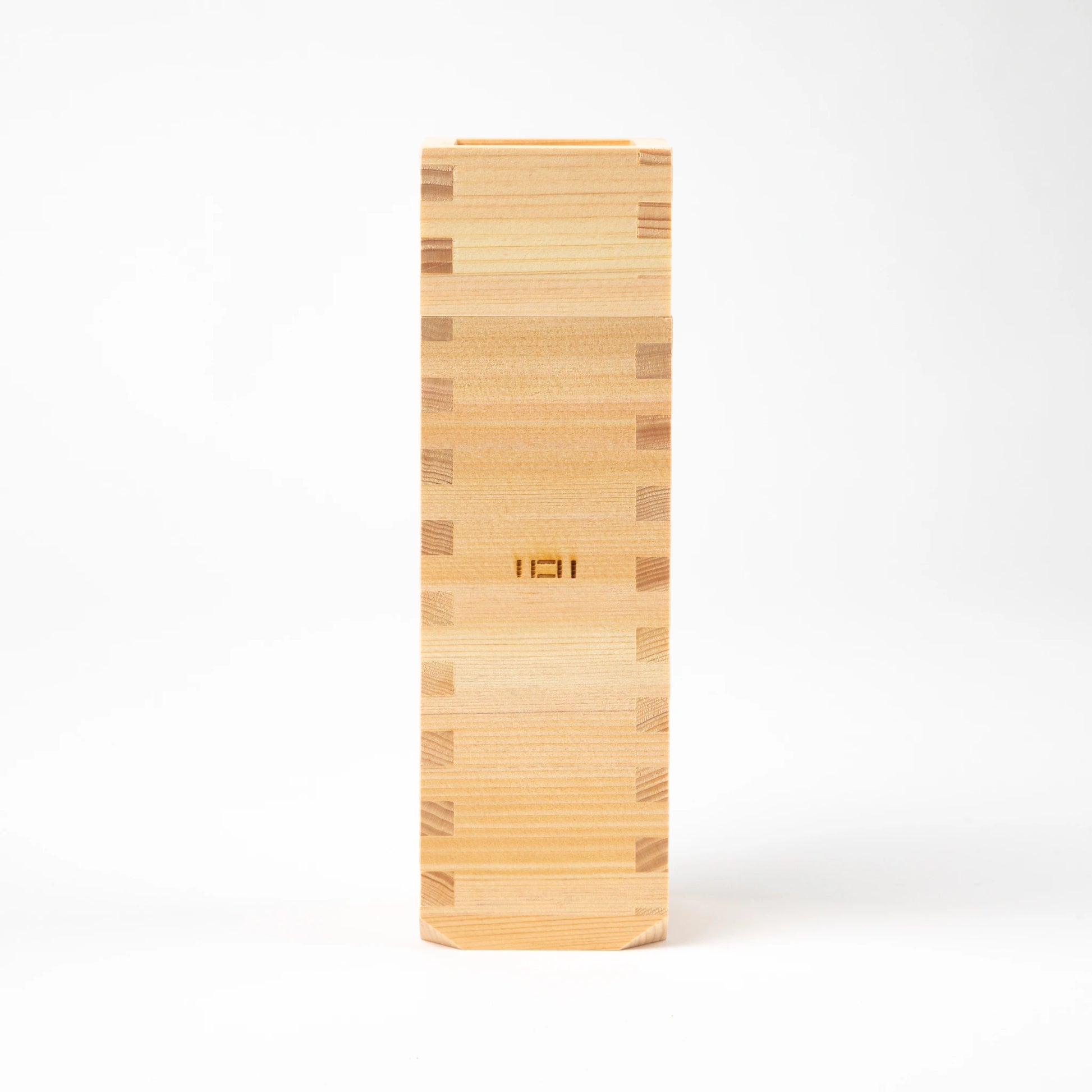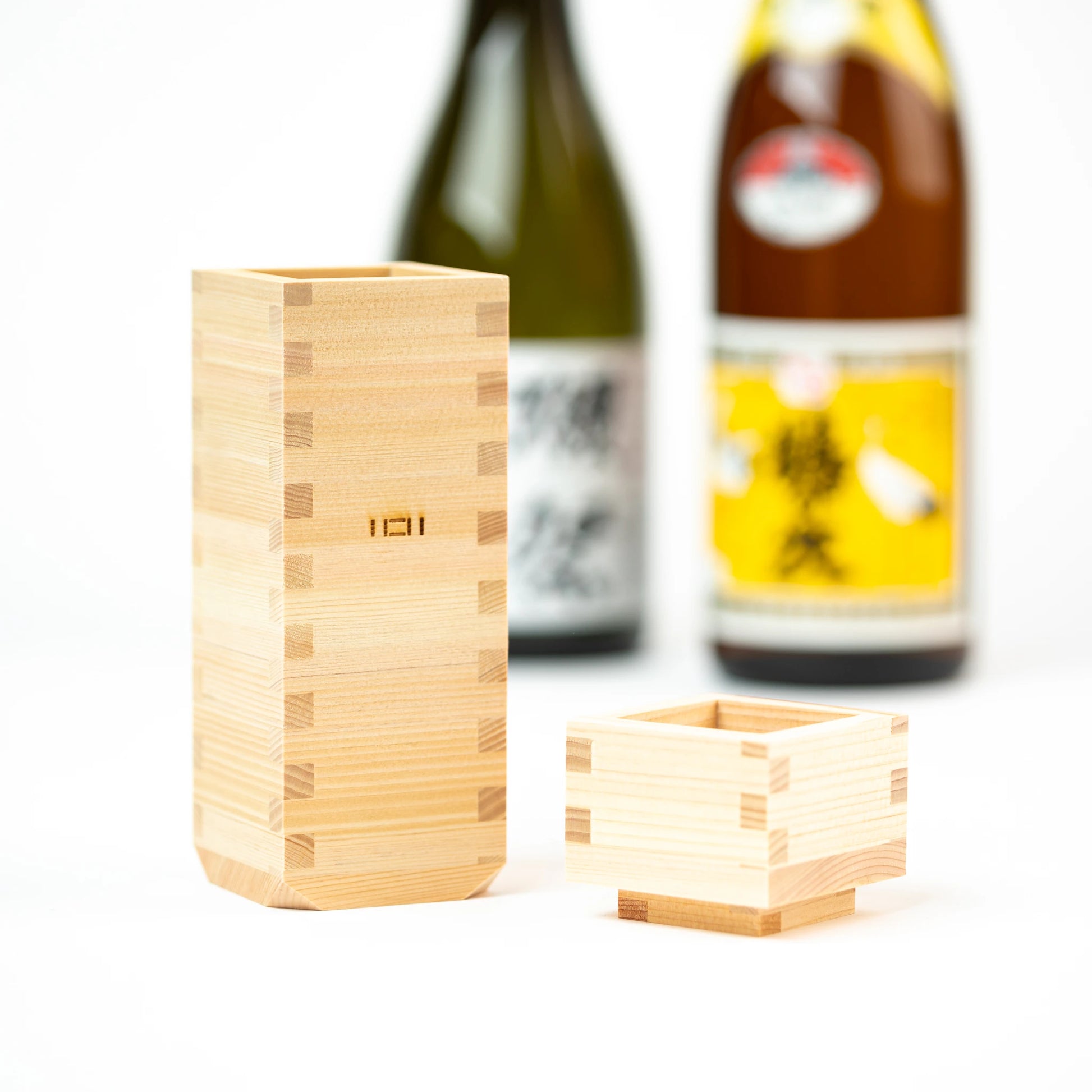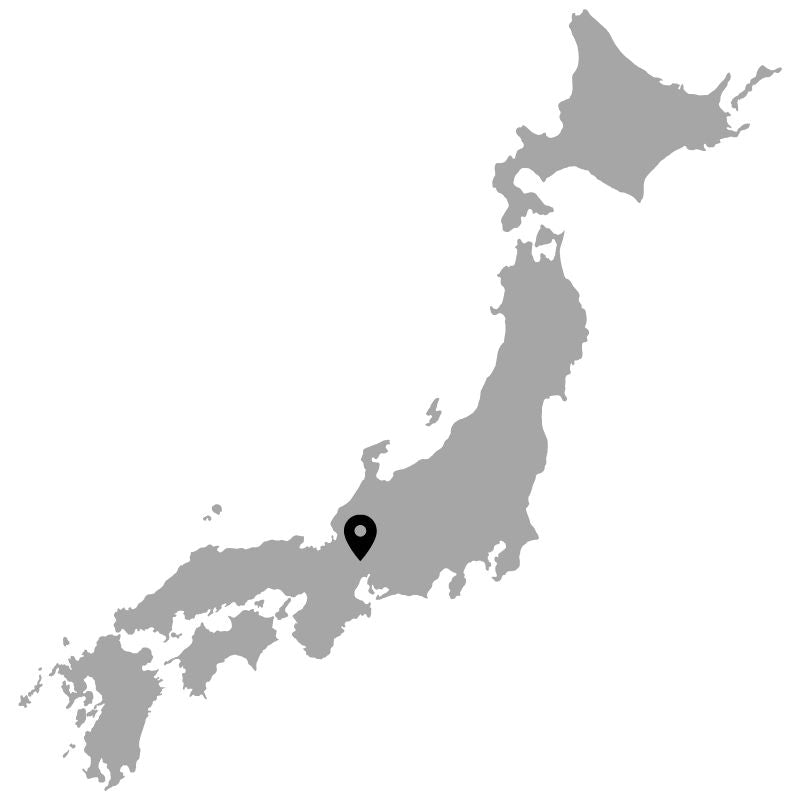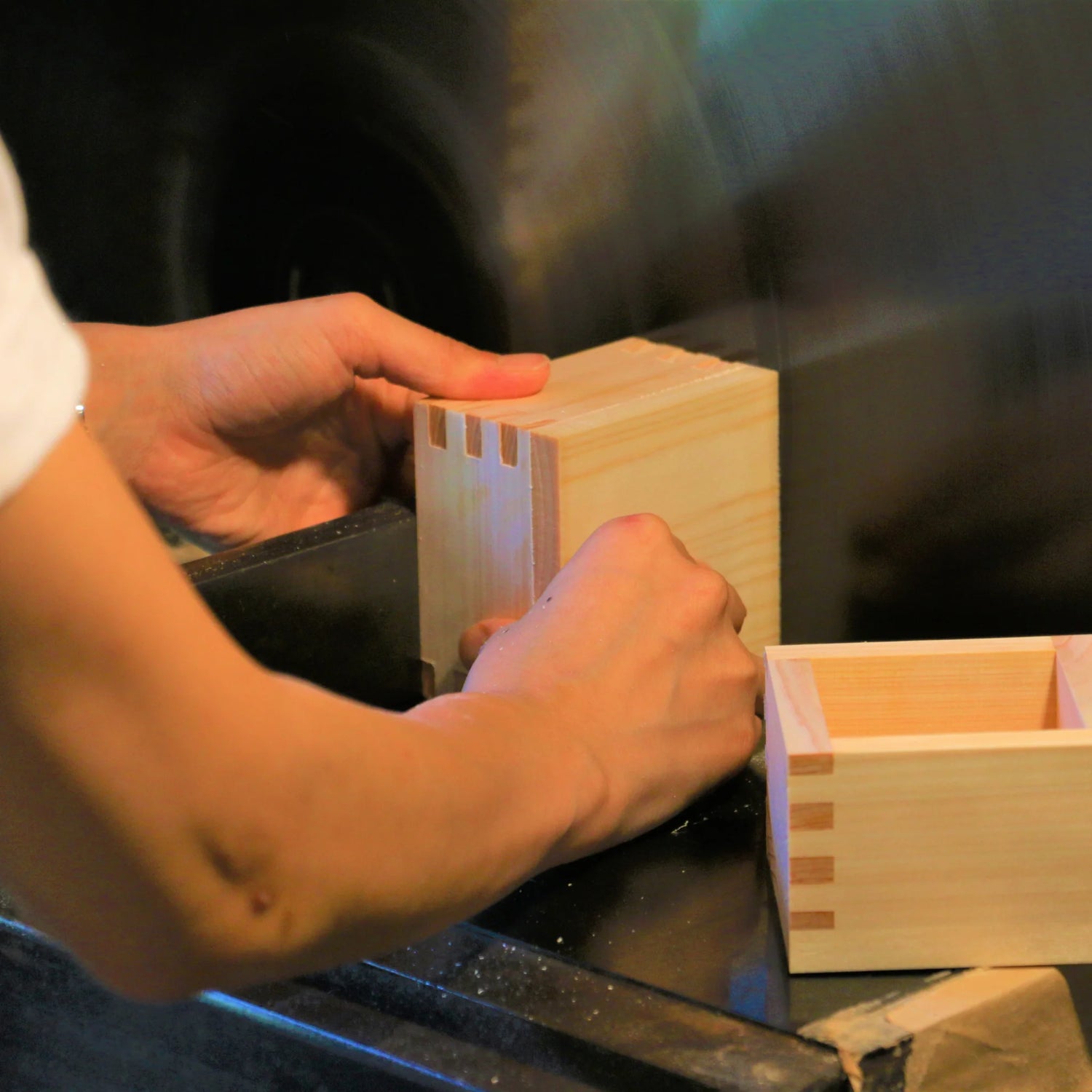Ochoko & Tokkuri Sake Set
Ochoko & Tokkuri Sake Set
Couldn't load pickup availability
Enhance your sake rituals with the Ochoko & Tokkuri Sake Set, thoughtfully crafted by Ohashi Ryoki. Made from premium hinoki (Japanese cypress), this set includes a tokkuri (sake carafe) and an ochoko (sake cup), both designed with simplicity and elegance in mind. The pieces are expertly crafted to stack seamlessly, offering convenient storage and a striking display when not in use.
The natural wood grain and subtle cypress aroma elevate the sensory experience of serving and enjoying sake. Perfect for both traditional ceremonies and modern gatherings, this set blends functionality with the timeless beauty of Japanese craftsmanship. An ideal gift for lovers of fine sake and refined design.
Detail
Detail
Care & Use
Care & Use
- Check our tips for care & use.
